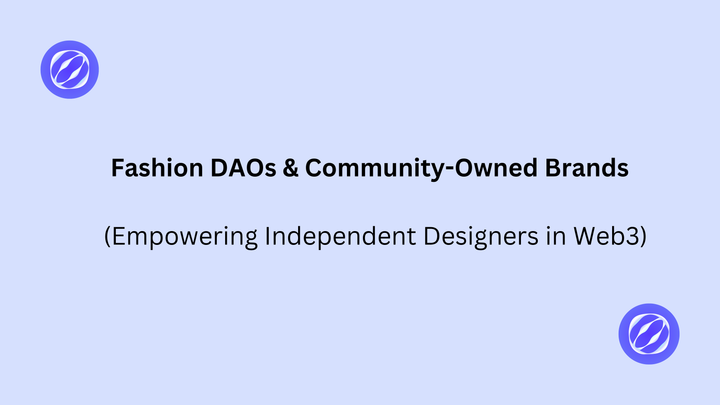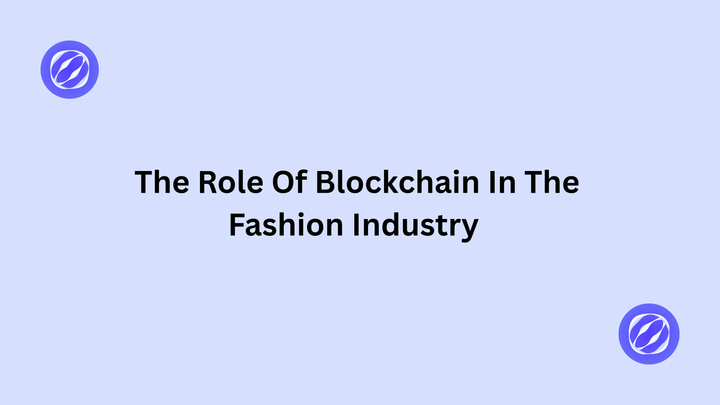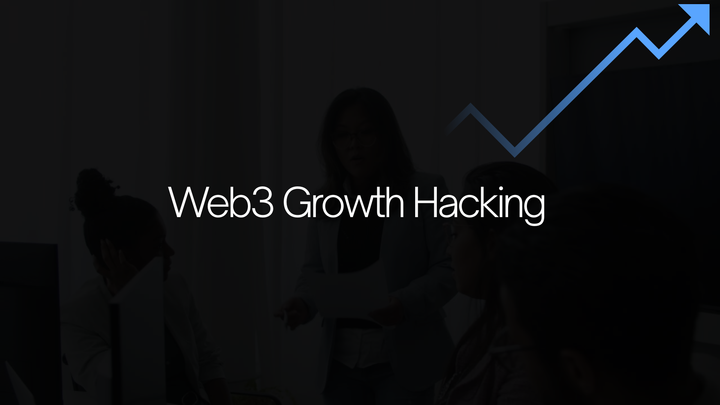Zero-Knowledge Proofs and ZK-Verify: Unpacking Their Distinct Roles in Digital Trust
The digital realm, ever-expanding and increasingly intricate, faces a fundamental paradox: how to ensure privacy and security without sacrificing transparency and trust. In a world where every online interaction leaves a digital footprint, the need to prove something without revealing everything has become paramount.
This is the revolutionary promise of Zero-Knowledge Proofs (ZKPs), a cryptographic marvel that allows one party to convince another of a truth, without divulging any underlying sensitive information. But what exactly are these proofs, how are they created, and how are they verified? And what distinct roles do the "ZK-Proof" itself and the "ZK-Verify" process play in building a more private and secure digital future?
The Core Concept: Proving Without Revealing
At its heart, a Zero-Knowledge Proof (ZKP) is a cryptographic protocol where one party, known as the Prover, can convince another party, the Verifier, that a certain statement is true, without revealing any information beyond the mere fact of that statement's truth. Imagine you claim to know a secret, but you want to prove you know it without actually telling anyone the secret.
ZKPs make this seemingly impossible feat a reality. This powerful tool ensures that sensitive data remains private while its validity is confirmed, fundamentally altering how trust is established in digital interactions. This revolutionary capability is built upon a clear division of labor between two key participants.
The Two Sides of the Coin: Prover and Verifier
In any ZKP system, there are always two distinct roles that interact to achieve the desired outcome. The Prover is the entity that wants to prove its knowledge of a secret or the truth of a statement without revealing the secret itself. They are responsible for generating the cryptographic proof. Conversely, the Verifier is the entity responsible for validating this proof.
The verifier confirms the validity of the proof without learning anything about the secret information. This clear separation of duties ensures the integrity of the process, where one party demonstrates knowledge and the other confirms it, all while maintaining the confidentiality of the underlying data.
The Prover's Role: Crafting the Cryptographic Assurance
The Prover's task is to generate the cryptographic proof, a complex computational process that encodes their secret knowledge into a verifiable artifact. This involves converting the computational problem into a mathematical form, often called a "circuit," which the proof system can work with.
The Prover then uses their private input, known as the "witness," along with public inputs and a proving key, to create the proof. This proof is a succinct, non-interactive argument of knowledge (like a SNARK) or a scalable, transparent argument of knowledge (like a STARK), designed to be efficiently verifiable by anyone. The Prover's output is the ZK-Proof itself – the digital artifact that encapsulates the truth without revealing the secret.
The Verifier's Role: Confirming Without Knowing
Once the ZK-Proof is generated, it is the Verifier's turn to act. The Verifier receives the proof and, using a corresponding verification key, checks its validity. This process, often referred to as ZK-Verify, involves checking that the proof adheres to the rules of the circuit and that the Prover must indeed know the correct values, all without gaining any information about the secret witness.
If the proof is valid, the Verifier is convinced of the statement's truth. This ability to confirm a statement's veracity without learning any additional details is the "zero-knowledge" property, making the Verifier's role crucial for maintaining privacy and trust in the system.
Why ZKPs Matter: Beyond Confidentiality
While privacy is a cornerstone of Zero-Knowledge Proofs, their utility extends far beyond merely hiding information. ZKPs are also instrumental in addressing some of blockchain's most pressing challenges, particularly scalability and security. By minimizing the exposure of critical blockchain data, ZKPs make it harder for hackers to exploit vulnerabilities in smart contracts, cross-chain bridges, and DeFi protocols.
Furthermore, they are revolutionizing blockchain scalability by allowing transactions to be processed off-chain and then verified on-chain with a single, succinct proof, significantly increasing transaction speed and throughput. This dual benefit of enhanced privacy and improved performance makes ZKPs a formidable line of defense and a key enabler for the future of decentralized systems.
ZK-SNARKs vs. ZK-STARKs: Different Flavors of Proofs
The world of Zero-Knowledge Proofs is diverse, with two prominent families dominating the landscape: ZK-SNARKs and ZK-STARKs. While both achieve the core ZKP properties, they differ significantly in their underlying cryptography, leading to distinct trade-offs in terms of transparency, security, and scalability.
ZK-SNARKs: Succinctness and Efficiency
(https://www.cyfrin.io/blog/what-is-a-zero-knowledge-proof-a-practical-guide-for-programmers) are known for their "succinctness," meaning the proofs they generate are very small in size, making them highly efficient for on-chain verification. They are also "non-interactive," requiring only a single message from the Prover to the Verifier. However, ZK-SNARKs typically require an initial "trusted setup" phase to generate public parameters.
If these parameters are compromised, a dishonest Prover could potentially create false proofs. Despite this, their small proof size and fast verification times make them ideal for applications like privacy-preserving transactions and efficient blockchain scaling, as seen in many ZK-Rollups.
ZK-STARKs: Transparency and Quantum Resistance
In contrast,(https://blog.pantherprotocol.io/zk-snarks-vs-zk-starks-differences-in-zero-knowledge-technologies/) offer higher transparency as they do not require a trusted setup. Instead, they rely on publicly verifiable randomness for parameter establishment, eliminating the risk associated with a compromised setup. ZK-STARKs are also considered quantum-resistant, making them more secure against potential future attacks from quantum computers.
While they generally produce larger proof sizes than SNARKs, they are faster to generate proofs, especially for large computations, and are more cost-effective for scaling purposes. This makes them particularly suitable for applications demanding high scalability and long-term security.
The Verification Process: From Computation to Cryptographic Proof
The journey from a computational problem to a verifiable ZKP involves several intricate steps. First, the problem is converted into a mathematical form, or "circuit," through a process called arithmetization. This circuit represents the constraints that the secret "witness" must satisfy. Next, the Prover uses this circuit and their secret knowledge to generate the proof, encoding the witness without revealing it.
Finally, the Verifier takes this proof and, using a verification key, performs a series of cryptographic checks. This verification process confirms that the proof adheres to the circuit's rules, thereby confirming the Prover's knowledge without exposing the secret. This entire cycle ensures that the statement's truth is confirmed with zero additional information leakage.
Real-World Applications: Where ZKPs Shine
The theoretical elegance of ZKPs translates into a myriad of practical applications, fundamentally reshaping how we approach privacy, security, and scalability in the digital world.
ZK-SNARKs vs. ZK-STARKs: Different Flavors of Proofs
ZKPs are poised to revolutionize digital identity by allowing individuals to verify their attributes without revealing sensitive personal information. Instead of sharing a full passport or driver's license, a user could simply prove they meet a certain criterion—for example, that they are over 18, or a citizen of a specific country—without disclosing their name, date of birth, or exact nationality.
This empowers individuals with greater control over their personal data, protecting against identity theft and reducing reliance on vulnerable passwords. ZKP-based identity protocols enable more nuanced identity solutions that better protect user privacy while helping applications meet compliance requirements.
Privacy-Preserving Transactions
One of the most direct applications of ZKPs is in enabling privacy-preserving transactions on blockchain networks. By posting proofs that transactions are valid but not the actual transaction details, ZKPs can obscure sender and recipient addresses, transaction amounts, and even smart contract code from both validator nodes and the public blockchain ledger.
This is particularly valuable for anonymous payments, protecting financial details, and supporting charities that might otherwise face public backlash. Projects like Zcash have integrated ZK-SNARKs to provide these privacy features, allowing users to shield information on public blockchains.
Blockchain Scalability (ZK-Rollups)
Perhaps the most impactful application of ZKPs in the blockchain space is their role in(https://www.fidelity.ca/en/insights/articles/digital-assets/ethereum-roadmap-and-risks/). These Layer 2 scaling solutions bundle thousands of off-chain transactions into a single batch and generate a cryptographic proof (a ZKP) that all transactions in the batch are valid.
This single proof is then submitted to the main blockchain, significantly reducing the data load and computational burden on the primary chain. This leads to dramatically faster transaction times and lower fees, making blockchain technology more practical for widespread use. ZK-Rollups are crucial for scaling networks like Ethereum, enabling them to handle a much higher volume of transactions without compromising security or decentralization.
The Distinct Roles: ZK-Proof vs. ZK-Verify
It is crucial to distinguish between the ZK-Proof and ZK-Verify. The ZK-Proof is the output of the Prover's computation—the compact, cryptographic artifact itself. It's the "certificate" of truth. ZK-Verify, on the other hand, refers to the process or function performed by the Verifier to check the validity of that proof. It's the "act of checking the certificate."
While the proof is static once generated, the verification is a dynamic process that must be performed by any party wishing to confirm the statement's truth. This distinction highlights that the proof is the object, and verify is the action that confirms its integrity.
Challenges and the Road Ahead: The Path to Widespread Adoption
Despite their immense potential, ZKPs face challenges on their path to widespread adoption. The computational intensity of generating ZKPs, particularly for complex operations, can be significant, requiring specialized hardware and incurring high costs. This demand can lead to centralization risks, as only a few powerful machines might be able to create these proofs efficiently. Furthermore, the technology is still developing, and implementation errors or technical vulnerabilities can arise.
However, ongoing research and development are continuously improving ZKP efficiency, reducing costs, and making them more accessible. Platforms like Lumoz are emerging as ZK-RaaS (Zero-Knowledge Rollup as a Service) providers, simplifying the deployment of ZK-Rollups and abstracting away much of the underlying complexity, paving the way for broader adoption.
Conclusion: The Future of Trust and Transparency
Zero-Knowledge Proofs and the act of ZK-Verify represent a transformative leap in cryptography, offering a powerful solution to the inherent tension between privacy and transparency in the digital age. By enabling individuals and systems to prove knowledge without revealing sensitive data, ZKPs are not only bolstering security and privacy but also revolutionizing blockchain scalability. The distinct roles of the Prover, who meticulously crafts the cryptographic proof, and the Verifier, who rigorously confirms its validity, ensure a trustless and efficient system. As the technology continues to mature and overcome its current challenges, ZKPs will undoubtedly become a foundational layer for a more secure, private, and interconnected digital world, redefining how we establish trust and interact with information in the decentralized future.
Refer To:
🔗Links:



Comments ()